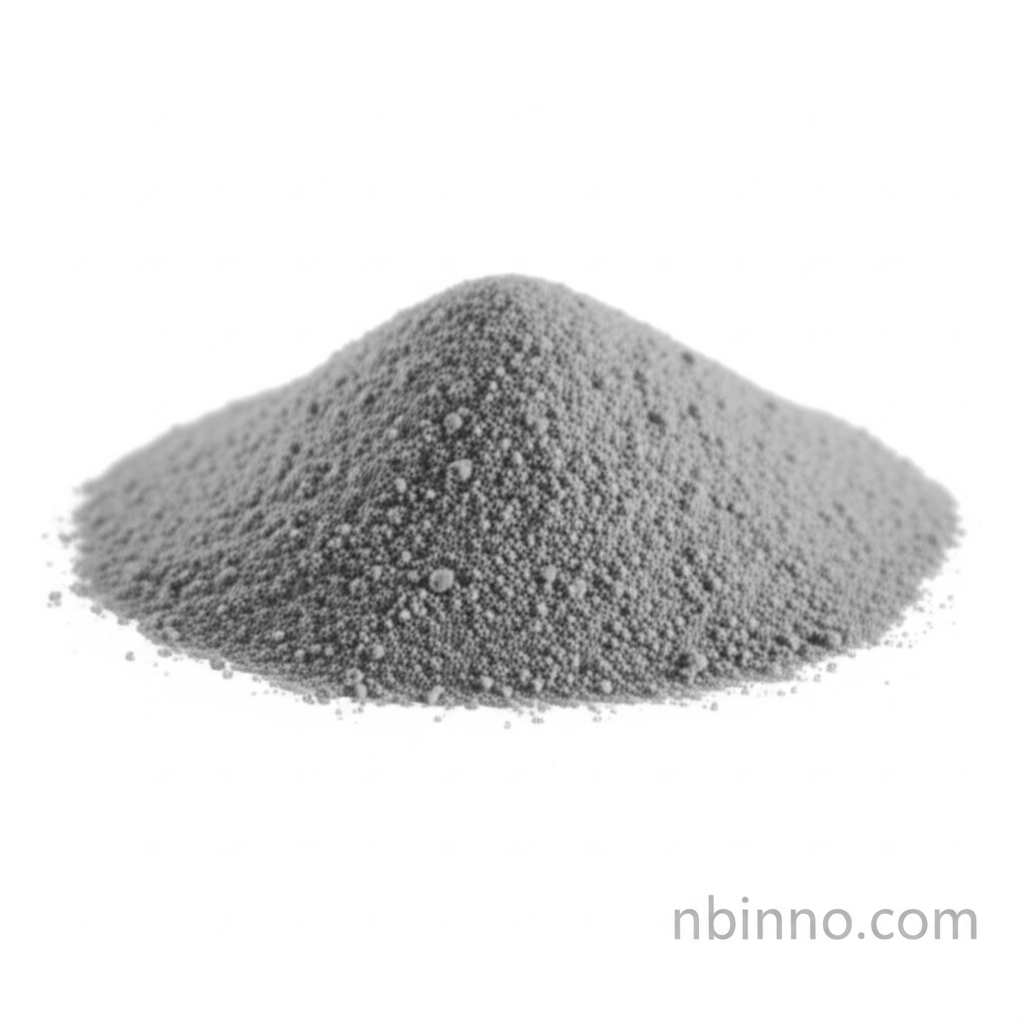1,2-Bis(4-pyridyl)ethane (BPA) CAS 4916-57-8: Synthesis, Applications, and Properties as a Key Chemical Intermediate
Discover the essential role of 1,2-Bis(4-pyridyl)ethane (BPA), a vital chemical intermediate used in advanced synthesis and coordination chemistry. Learn about its properties and applications.
Get a Quote & SampleProduct Core Value

1,2-Bis(4-pyridyl)ethane
As a trusted supplier in China, we offer 1,2-Bis(4-pyridyl)ethane (BPA), a critical organic compound essential for various chemical and pharmaceutical applications. Its unique structure makes it an invaluable component for advanced research and development.
- Explore the detailed synthesis pathways for 1,2-Bis(4-pyridyl)ethane, ensuring high purity for your research needs.
- Understand the multifaceted applications of BPA in coordination chemistry, where it acts as a flexible bridging ligand.
- Discover how this intermediate is vital for the synthesis of Metal-Organic Frameworks (MOFs) and coordination polymers.
- Leverage our expertise as a manufacturer in China to source high-quality heterocyclic building blocks like BPA for your projects.
Advantages Offered by the Product
Chemical Purity and Reliability
We ensure that our 1,2-Bis(4-pyridyl)ethane meets stringent purity standards, guaranteeing reliable results in your chemical synthesis projects, including complex MOF synthesis.
Versatile Ligand Properties
The flexibility of 1,2-Bis(4-pyridyl)ethane as a ligand allows for diverse applications in coordination chemistry, enabling the creation of novel materials.
Key Intermediate for Advanced Materials
Utilize this critical intermediate to advance your research in areas like Metal-Organic Frameworks (MOFs) and the development of new functional materials.
Key Applications
Chemical Synthesis
1,2-Bis(4-pyridyl)ethane is a fundamental building block for synthesizing a wide array of organic compounds and advanced materials.
Coordination Chemistry
Its role as a flexible bridging ligand is crucial in forming coordination complexes with various metal ions for diverse applications.
Metal-Organic Frameworks (MOFs)
BPA is instrumental in constructing porous MOF structures, vital for gas storage, catalysis, and separation technologies.
Pharmaceutical Intermediates
As a key intermediate, it contributes to the synthesis of complex pharmaceutical compounds, supporting drug discovery and development.
